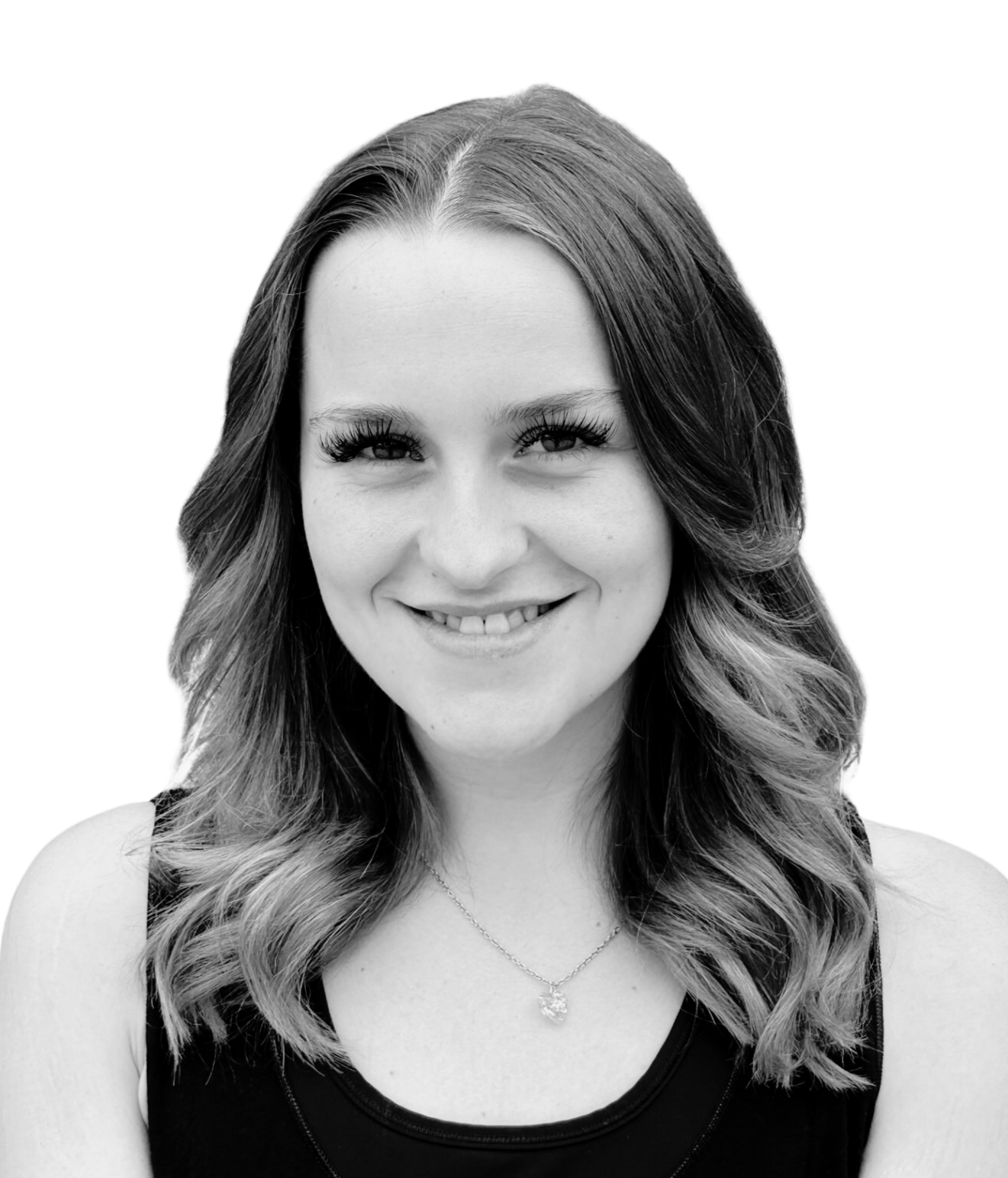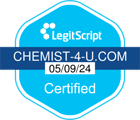4 head lice symptoms to look out for in your child

Head lice are unwanted pests that live in your hair where they lay eggs called nits. They are more common in children than adults. If you are worried about the symptoms of nits and headlice or you don’t know what to look out for, we can help!
Signs of head lice are usually pretty clear, however, some head lice symptoms might be less obvious. It’s nothing to worry about and it’s not a sign of being unhygienic or dirty. Lice are usually spread by head to head contact and are passed from person to person.
Are you concerned that your child has come home with head lice? Here are some of the main symptoms to look out for…
Signs your child has head lice
It is important that you pay attention to these signs as your child might not be able to communicate what is wrong to you. Looking out for symptoms of head lice and nits can help to prevent the spread of head lice.
Head lice are tiny, typically the same size as sesame seeds so it is crucial you know how to spot the signs and symptoms in order to remove lice from your child’s hair. The sooner you become aware of the issue, the easier it is to get rid of head lice.

Itching
One of the most common symptoms of head lice is itching. If you notice that your child is experiencing intense itching on the scalp, neck and ears, then this could be a sign of an allergic reaction caused by a bite from the head louse.
Itching is normally caused by the body’s reaction to the insect's saliva.
If this is the first time your child has gotten head lice, it could take 4-6 weeks before the itching becomes present.
Sometimes, itching isn’t caused by head lice and it can be mistaken for dandruff, residue from hair products or dead hair tissue on the hair shafts.
Visible lice and nits (lice eggs)
You might be able to see adult lice and eggs on the scalp. They are hard to spot due to them avoiding light, being tiny and very quick at moving out of your sight. Nits attached to the hair shaft are difficult to see due to their incredibly small size.
It is easier to spot lice and eggs around the ears, hairline and the neck. Bloodless nits can be easier to detect as they are lighter in colour and are normally further away from the scalp.
Even if you do find lice eggs, this doesn’t always mean living lice are present in your child’s hair. It is important that you still treat the eggs and get rid of them. Lice eggs usually hatch between 1 and 2 weeks after they have been laid.
Red sores or rash
Some children end up with mild irritation from head lice; this is normally due to itching. Small red bumps or sores can also appear from scratching the head, so keep an eye out for it.
Some children will only experience slight irritation, meanwhile others might get a bothersome rash. These are both signs of head lice.
If your child’s sleep is affected by intense itching caused by head lice and they are kept up all night scratching, then this can lead to irritability and moodiness. Head lice are most active in the dark. The night time to give them the ability to move around.
Although it's one of the least common signs of head lice, the intense itching that is caused by the lice can also make your child more irritable and frustrated.

Tickling sensation
Your child may feel a tickling sensation or something moving around in their hair. This is caused by head lice moving from strand to strand.
The tickling sensation might cause your child to itch their head.
What steps should you take if your child does have lice?
As lice are common in children, it’s not usually something that you need to worry about.
Some schools will inform you if there has been a lice breakout which is important to prevent head lice from spreading around the school.
If your child’s school informs you of a breakout, you should check your child’s hair using a fine toothed comb. If you think your child is one of the first to contract lice, you should inform their school.
You should treat your child as soon as you discover they have lice. You can use a nit comb to wet comb the lice alongside a suitable head lice treatment.
Does my child need to stay off school or postpone activities with head lice?
Your child does not need to stay off school or avoid their regular activities if they have head lice. However, it is important that you start treating them immediately.
You should allow your child to carry on as normal. Encourage them to avoid head to head contact with other children to prevent the lice from spreading.
How long does it take for head lice to go away?
Head lice can sometimes go after one treatment. You should be checking your child’s hair constantly to ensure that all of the lice have gone. It is important that you wash your combs, brushes, hair styling tools, and any other items used after each treatment.
If the lice haven’t gone after treating them you can carry on with the treatment process until they have been removed completely.

When are head lice infestations more common in children?
Head lice infestations are more common in children between the ages of 4 to 11. This is the age that many children are at primary school.
It is usually more common for children to get head lice around September when they go back to school as they will be mixing with other children. It can also be common for children to get head lice when they return to school in January after the Christmas holidays.
If you have discovered that your child has come home with head lice, don’t panic. You can easily get rid of those pesky invaders with a range of treatments, including Lyclear shampoo. It can be embarrassing and frustrating for both you and your child, but they are not alone.
Remember, if your child has head lice or nits then it is important that you check the rest of the family to make sure they haven’t spread the lice.
If you regularly check your child’s hair for lice, if they catch them it will be an easier and a more simple removal process earlier on.









